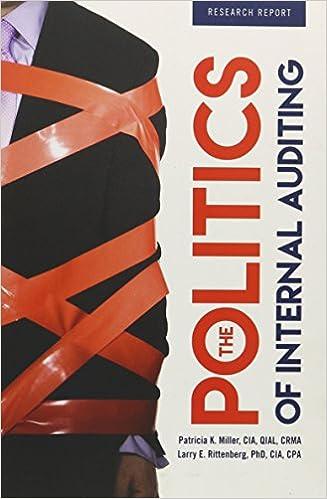Answered step by step
Verified Expert Solution
Question
1 Approved Answer
Capital Gains Tax In 2017-18, Ahmed has capital gains of 125,000 and allowable losses of 28,000. He also has capital losses brought forward of 4,800.
Capital Gains Tax
- In 2017-18, Ahmed has capital gains of 125,000 and allowable losses of 28,000. He also has capital losses brought forward of 4,800.
Ahmeds taxable income for 2017-18 (after deduction of the personal allowance) is 18,600. He makes no Gift Aid donations during the year. Compute his capital gains tax (CGT) liability for the year assuming his gains of 125,000 comprise either:
- a gain of 115,000 which qualifies for entrepreneurs relief (ER) and a non-ER gain of 10,000 on the disposal of chattels, or
- An ER gain of 10,000 and a non-ER gain of 115,000 arising on the disposal of residential property, or
- An ER gain of 7,500, a non-ER gain of 75,000 on the disposal of residential property and a non-ER gain of 42,500 on the disposal of shares.
- Karen bought a house in 1990 for 46,000. In November 1991 she spent 18,000 on dividing the house into two self-contained flats. In September 2015 she sold one of the flats for 90,000, at which time the other flat was valued at 110,000. In January 2018 she sold the second flat for 115,000. Karen has never lived in either of the flats.
Compute the chargeable gains arising on Karens two disposals.

1) In 2017-18, Ahmed has capital gains of 125,000 and allowable losses of 28,000. He also has capital losses brought forward of 4,800. Ahmed's taxable income for 2017-18 (after deduction of the personal allowance) is 18,600. He makes no Gift Aid donations during the year. Compute his capital gains tax (CGT) liability for the year assuming his gains of 125,000 comprise either: a) a gain of 115,000 which qualifies for entrepreneurs' relief (ER) and a non-ER gain of 10,000 on the disposal of chattels, or b) An ER gain of 10,000 and a non-ER gain of 115,000 arising on the disposal of residential property, or c) An ER gain of 7,500, a non-ER gain of 75,000 on the disposal of residential property and a non-ER gain of 42,500 on the disposal of shares. 2) Karen bought a house in 1990 for 46,000. In November 1991 she spent 18,000 on dividing the house into two self-contained flats. In September 2015 she sold one of the flats for 90,000, at which time the other flat was valued at 110,000. In January 2018 she sold the second flat for 115,000. Karen has never lived in either of the flats.
Step by Step Solution
There are 3 Steps involved in it
Step: 1

Get Instant Access to Expert-Tailored Solutions
See step-by-step solutions with expert insights and AI powered tools for academic success
Step: 2

Step: 3

Ace Your Homework with AI
Get the answers you need in no time with our AI-driven, step-by-step assistance
Get Started


